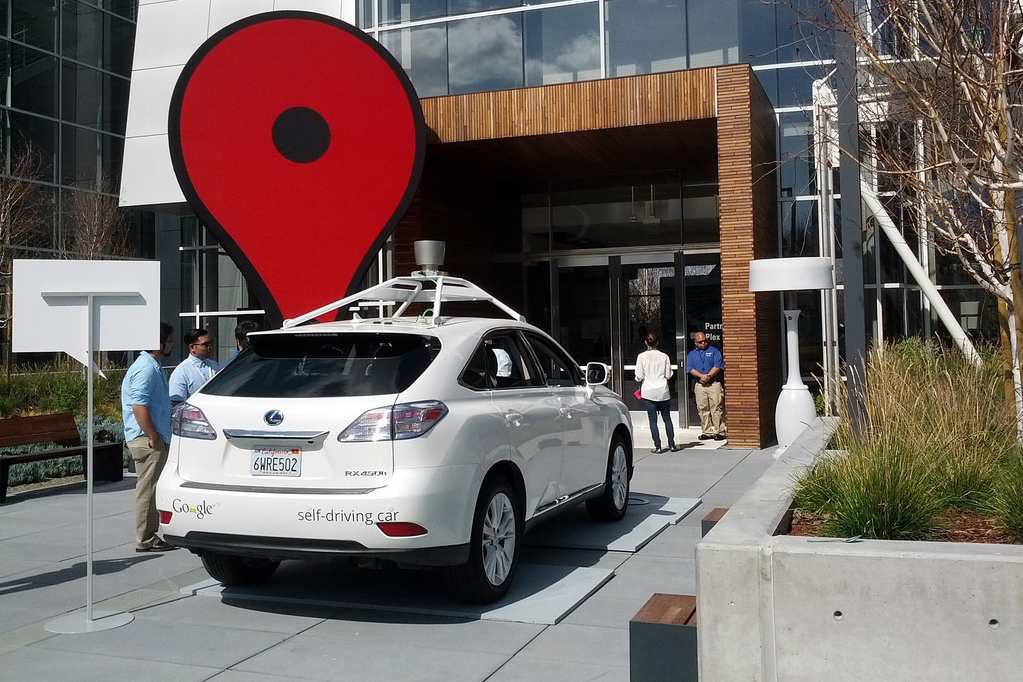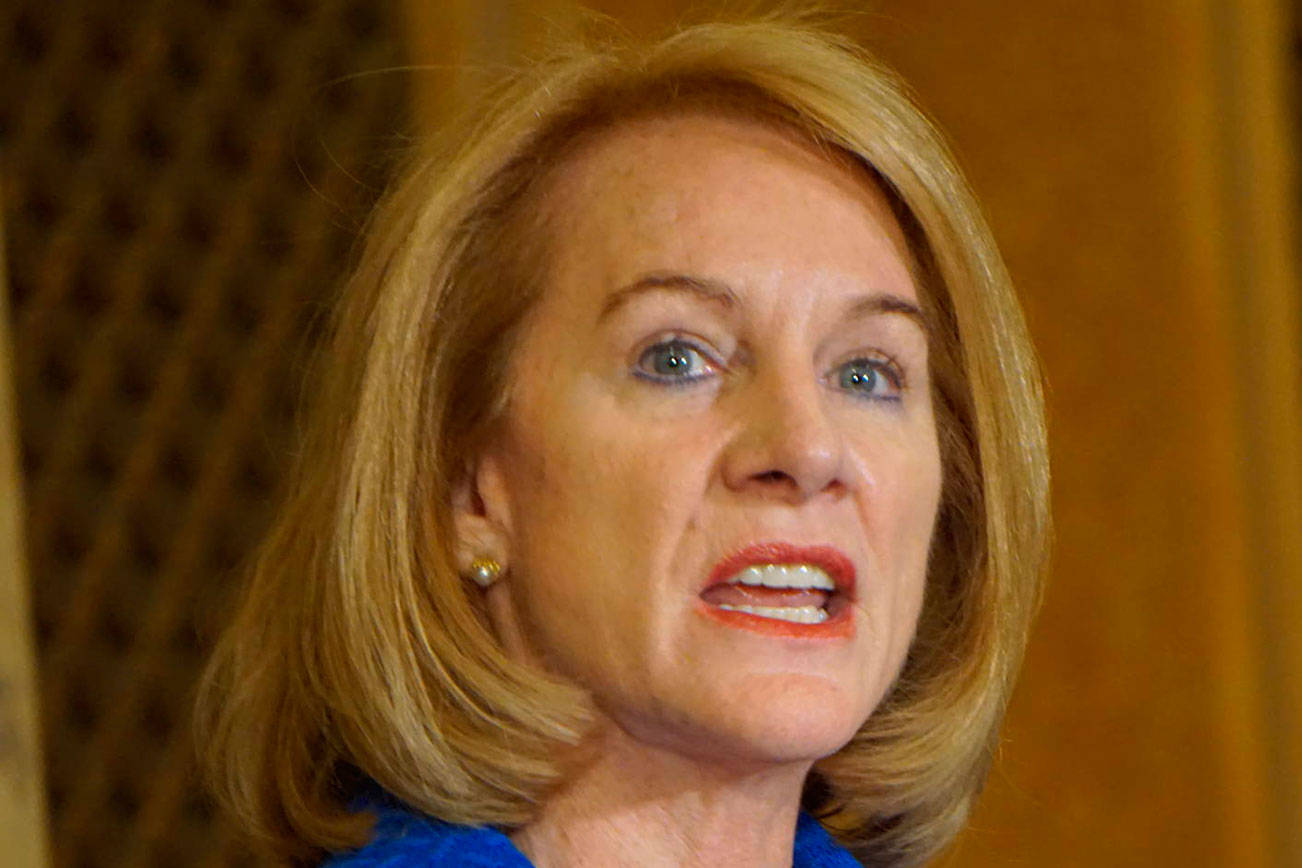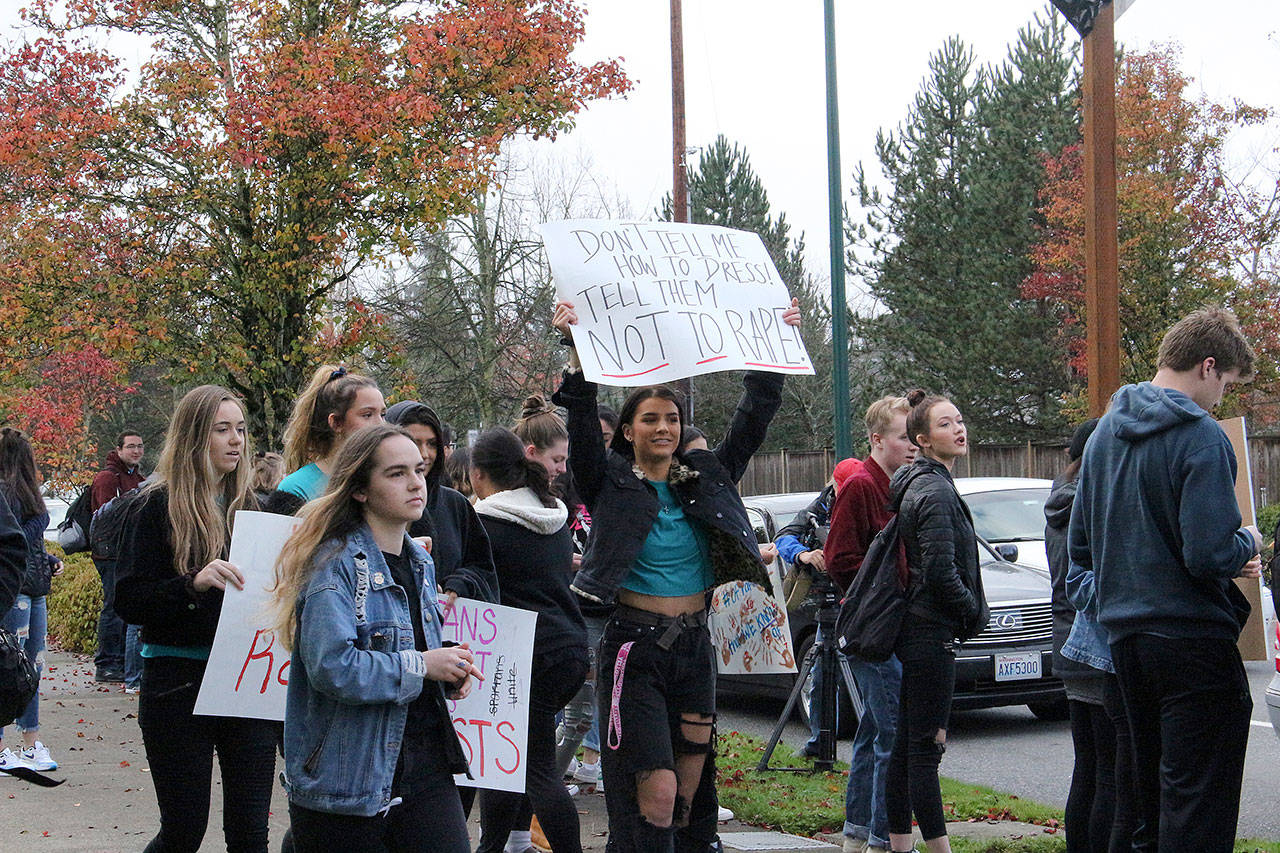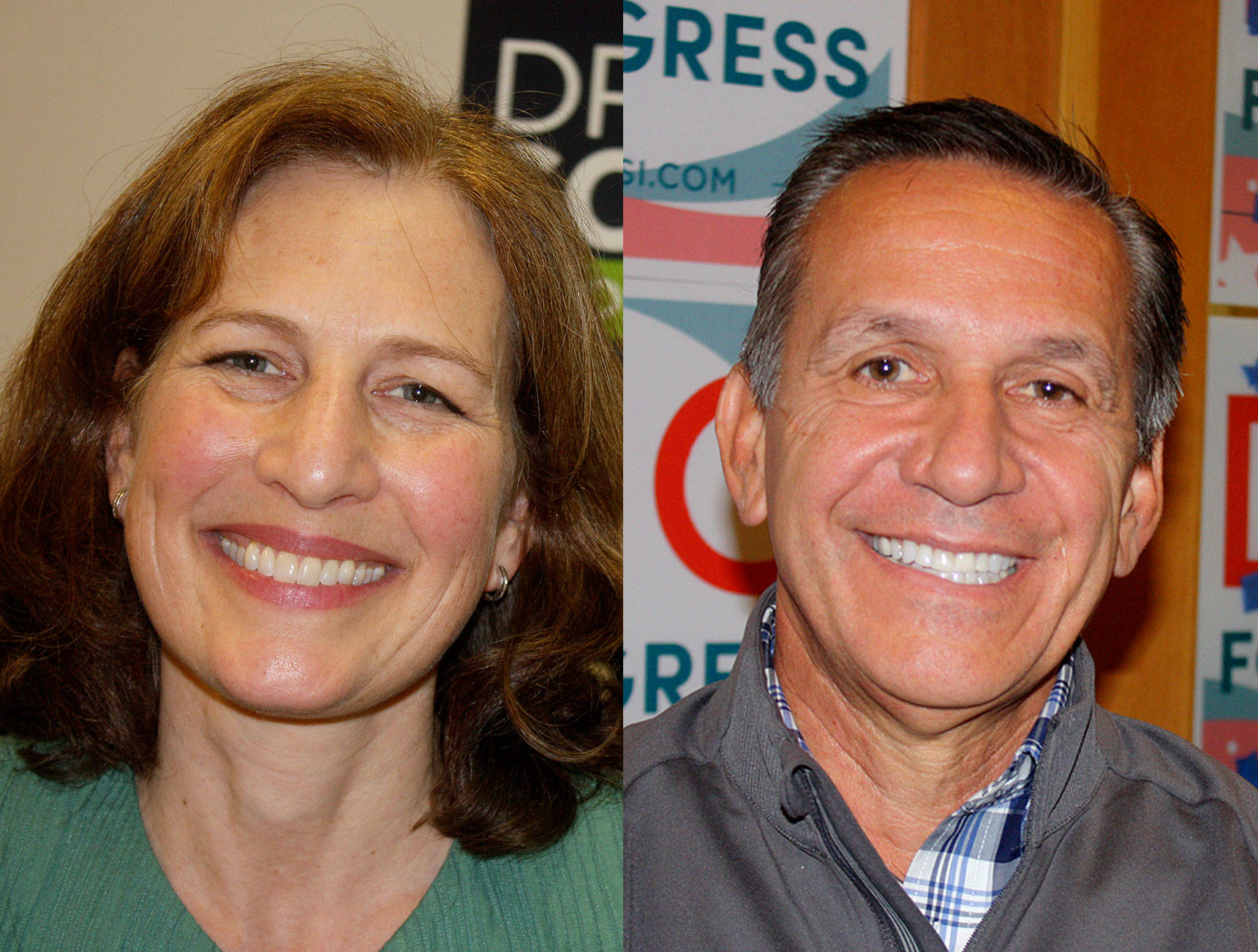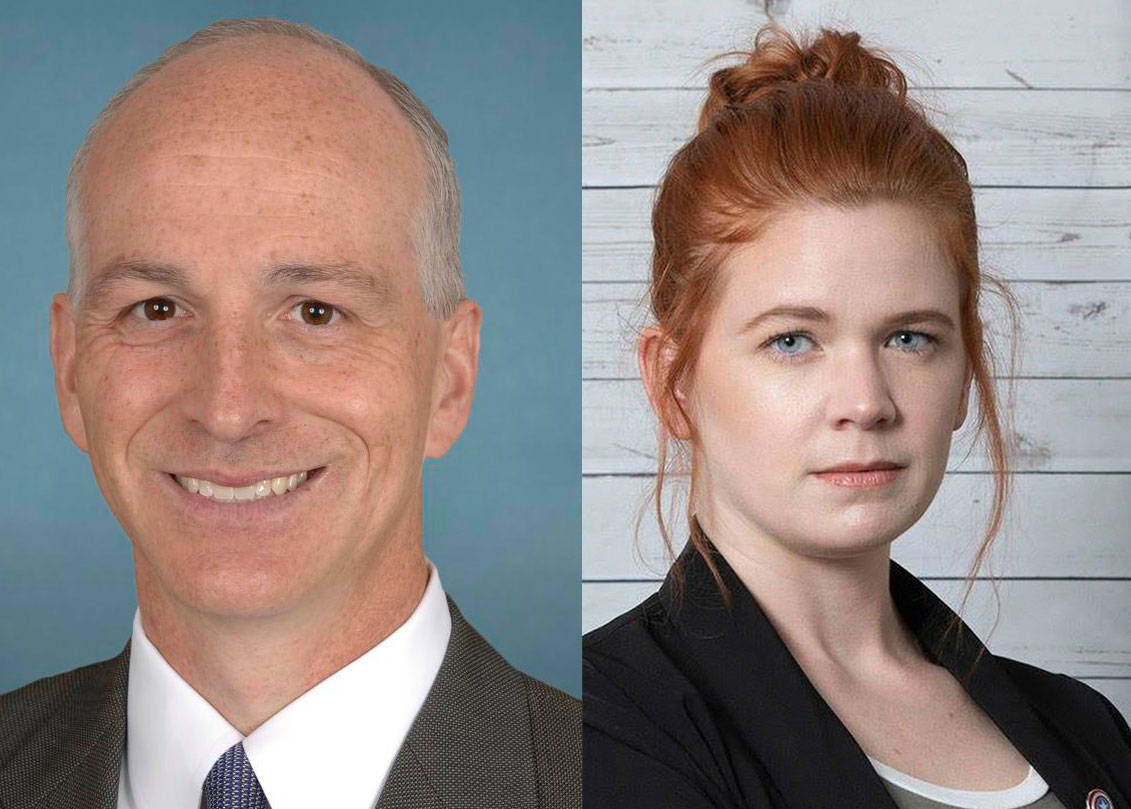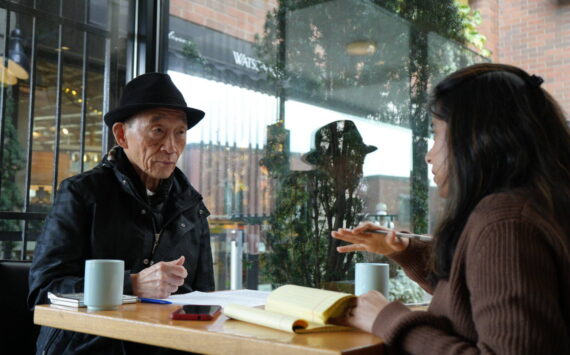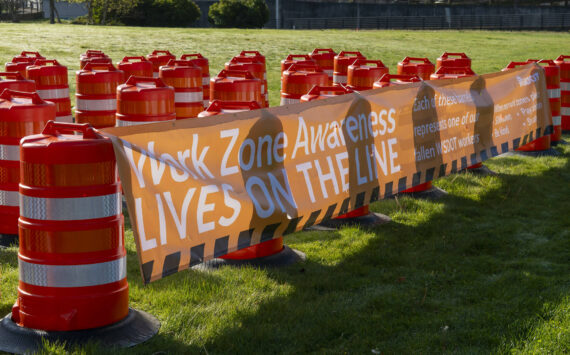Hey Assphalt,
You might want to look into how much automated cars will NOT replace the need for transit. Thanks.
Joe from Skagit County
While we found this note provocative when we got it a few weeks ago, we’ve been sitting on it for the simple reason that we couldn’t find a good example of someone flat-out stating that self-driving cars were going to negate mass-transit in the future.
Sure, there’d been plenty of speculation on the front. For example, this terse exchange on Twitter.
Inbox: "Hi Heidi Groover. Check out this Australia article on the effects of driverless vehicles, then rethink the ST3 plan." No thanks.
— Heidi Groover (@heidigroover) April 5, 2016
The media startup Scout.ai, based in Seattle, devoted its first longform piece to the idea that transit agencies were “recklessly” unprepared to talk about self-driving cars and how they will affect the public’s ability to get around. The piece tossed a little bit of shade toward Sound Transit—“At best, cities omitting autonomous vehicles from transit planning represents a failure of imagination. At worst, it’s gross civic negligence”—but stopped short of saying that self-driving cars were a reason to put a halt to transit planning altogether.
But then, on Sunday, the case was made, and where else but the Seattle Times op-ed page.
Under the headline “Sound Transit’s Expansion Will Be Obsolete Before It’s Built,” Bryan Mistele, CEO of traffic-information company INRIX, argued that the emergence of self-driving cars—among other factors—introduces enough uncertainty in the future of transportation that voters should be wary of committing $54 billion for 25 years of infrastructure construction that could turn out to fit poorly with how people will actually get around in 2040.
Self-driving cars are not the only factor Mistele cites, but it’s a major one. “Autonomous vehicles,” he writes, “will not only make travel safer, but will also reduce congestion by allowing vehicles to drive more closely together and park more efficiently.”
Mistele signs off by asking, “In light of … the transformation of urban mobility happening today, does it make sense for Puget Sound taxpayers to commit to a $54-billion, 25-year transit project that largely will be obsolete before it is complete?”
On the face of it, Mistele’s argument inspires some doubt. When one looks at I-5 during rush hour, it’s difficult to see how cars could possibly get any closer than they do now, and why the specter of cars packed like sardines on the freeway—self-driving though those sardines may be—should bring us any comfort. But putting that aside, the question remains: will self-driving cars replace the need for mass transit? More importantly, is there any way a transit agency can properly account for technology that doesn’t even exist at this point?
Jeff Switzer, spokesman for King County Metro, acknowledged that conversations there are just beginning about how self-driving cars will affect the way we get around the region—saying in an email that “Metro is moving in the direction to understand the changing technology for our customers and our employees.”
That said, Switzer suggested that self-driving cars will aid transit agencies like Metro, not herald their obsolesce.
A 20 year planning document from Metro includes “potentially building facilities to allow automated vehicles to provide the last mile connects to the neighborhoods to connect with our high-capacity services” and the “possible movement to automated buses.”
Over at Sound Transit, the agency that will be asking voters for $54 billion this fall, Geoff Patrick tried to cast doubt on the idea that automated cars will ease road congestion.
“The technology will not necessarily or automatically have a net positive impact on congestion or transportation system capacity,” he said in an email. “Gains could easily be cancelled by unoccupied cars returning to other locations after dropping off passengers rather than parking.”
Road congestion is an important point for Sound Transit, since much of the money it seeks to spend will be used on grade-separated light-rail running from Tacoma to Everett and points in between. The underlying logic of building rail is that the highways will never be a reliable corridor for transportation, due to heavy congestion. In pushing its ballot measure, ST is keen to cite population growth statistics for the region—800,000 more people between now and 2040; will cars driving a little closer to each other really accommodate all those people?
Patrick argues no: “At the end of the day there will be fixed constraints on how many vehicles, automated or standard, can fit into the region’s most congested areas. It all boils down to space, which dense and growing cities inherently lack. There will always be demand for congestion-free travel.”
On both sides of the argument sits a fundamental truth: Nobody really knows what’s going to happen over the next 20 years. Yet, if past is prologue, history would suggest that new technology will impact transportation less than expected. Consider: The first stretch of the New York City Subway was completed in 1904. At that time, an upstart company named Ford Motor Company was just coming out with its first product, the Model A. And yet the automobile did not replace the need for the subway; quite the contrary. Perhaps the most cautionary tale about futurists-gone-wild comes from the 1950s, when the advent of the helicopter had many people predicting that it would be the transport mode of the future.
Needless to say, we’re not all commuting to work in a whirly-bird.
Bottom line, should transit agencies be investigating the impacts of self-driving cars? Of course. Should we bet the farm on Google cars saving us from gridlock? Assphalt is not convinced.
Too busy to pester transit agencies about your pet peeve? Let us do it for you. Email us at assphalt@seattleweekly.com.
